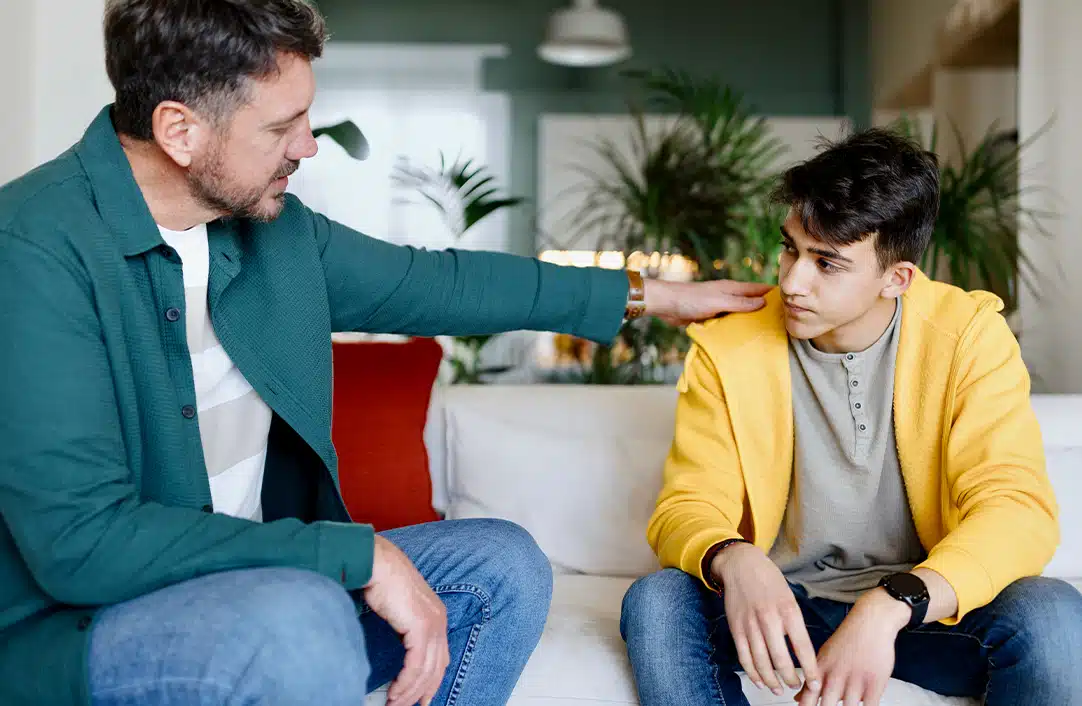When myths about child sexual abuse are accepted as truth, survivors may be more likely to stay silent.
In order to break the silence and lower the risk of sexual abuse, you need to know the truth about sexual abuse. Below are eight myths that we should all work to dispel:
01
Sexual Abuse Always Includes Physical Contact
Sexual abuse includes non-physical contact as well. Perpetrators may expose children to pornography or participate in acts of voyeurism. These can potentially have the same long-term effects on a child as physical sexual abuse.
02
Sexual Abuse Only Happens to Girls
Even though abuse of boys is not discussed as often, 1 in 6 boys will be sexually abused before they are 18 years old. Your sons need your protection just like your daughters need it.
03
Stranger Danger is the Biggest Cause of Sexual Abuse
Many times, perpetrators are people we interact with on a regular basis. It has been reported that 90 percent of those who are abused knew their abuser. 60 percent are abused by a trusted family friend and 30 percent are abused by a family member. While stranger danger is a risk, it is by no means the biggest risk.
04
Sexual Abuse Only Occurs in White Vans or Dark Alleys
Sexual abuse can (and does) occur anywhere children are, including schools, churches, community centers, or at home. Sexual abuse can even take place online. This is why it is important to always be on alert and always have an ongoing dialogue about the risks of abuse with your children.
05
Sexual Abuse is Always Reported to Authorities
06
Sex Trafficking Doesn’t Happen in Your Community
Trafficking happens in every community. According to DoSomething.org, between 14,500 and 17,500 people are trafficked in the U.S. each year. The average age a child enters the sex trade in the U.S. is 12–14 years old. It doesn’t matter how big or small the city you live in is; trafficking is taking place within your community.
07
Survivors Always Become Abusers
It is reported that 30% of survivors of child sexual abuse will become perpetrators themselves. However, this risk is significantly reduced if the survivor receives help. For this reason, the stigma surrounding this important subject needs to disappear. Everyone needs to stand up and help children find the healing they need after abuse. It is possible to break the cycle.
08
Sexual Abuse Will Happen and I Can’t Do Anything to Stop It
Recent blogs

Common Symptoms Experienced by Adult Survivors of Child Sexual Abuse

Statute of Limitations on Sexual Abuse

